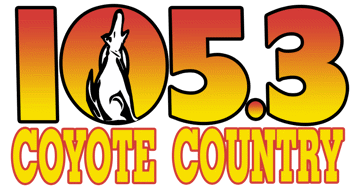UNMC research continues to reach new levels
-2024-11-02-06-15-25.jpg?width=610)
UNMC research continues to grow, with total research expenditures increasing by 8% to $217.7 million in fiscal year 2024, the largest total in UNMC’s history.
“In the last two years, we’ve seen a big jump in research activity taking place,” said Ken Bayles, PhD, vice chancellor for research. “Clinical trials continue to be strong, and basic science research is expanding, bolstered by the Centers of Biomedical Research Excellence (CoBRE) grant that Dr. Rebekah Gundry received. In addition, Department of Defense-funded research through NSRI continues to grow.”
Dr. Bayles noted that research funding received from federal agencies reached a new record of $141 million. “Federal awards continue to be the strongest source of funding for our faculty. This indicator shows we’re heading in the right direction.”
UNMC estimates that research funding brings about 30 jobs to Nebraska per $1 million in funding, meaning more than 5,000 jobs will be created in Nebraska from the 2024 awards.
Dr. Bayles also noted that UNMC received three new institutional training grants from the National Institutes of Health, expanding UNMC’s ability to recruit and train students and postdoctoral scholars in health-related areas of high need.
“An important part of our research mission is to train and mentor the next generation of scientists and scholars,” said UNMC Interim Chancellor Dele Davies, MD. “These new grants add to the strength of our training programs, and I’m excited to see the impact they will have on driving discoveries.”
Still, the steady rise of expenditures, he said, is the most accurate gauge of how UNMC’s research efforts continue to expand and is how UNMC is compared to other universities.
While award metrics reflect the funding transferred to UNMC in a given year, research expenditures better represent actual research activity. Expenditures also account for research funded by donors, academic health center partners and state-aided funds.
“This is the best reflection of the work that our scientists are doing,” Dr. Bayles said. “We continue to expand our research in impactful areas and our growing support from federal agencies suggest this will continue well into the future.”
